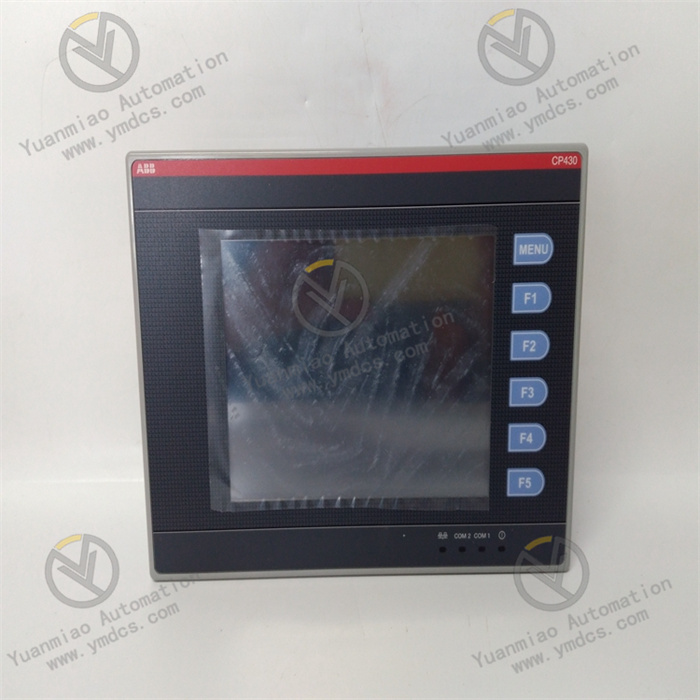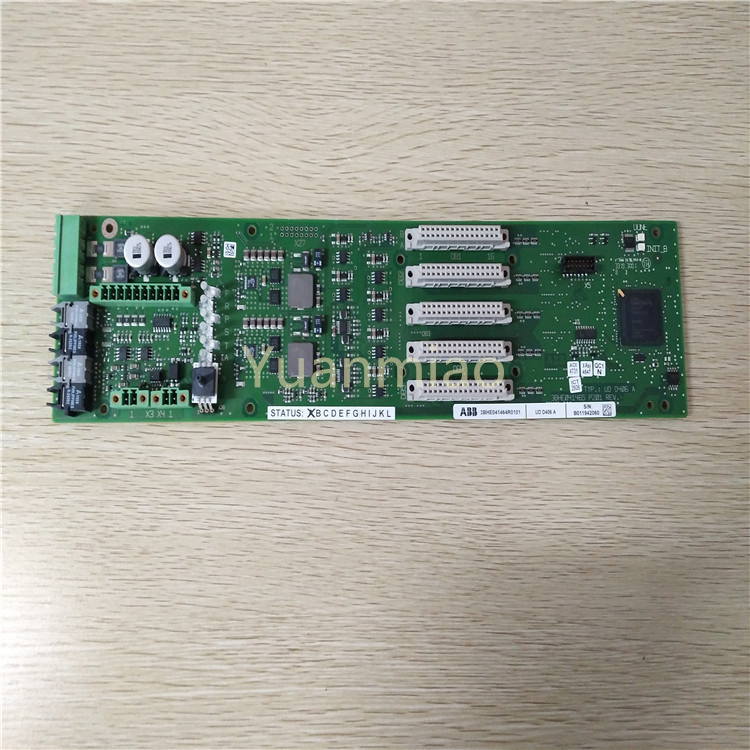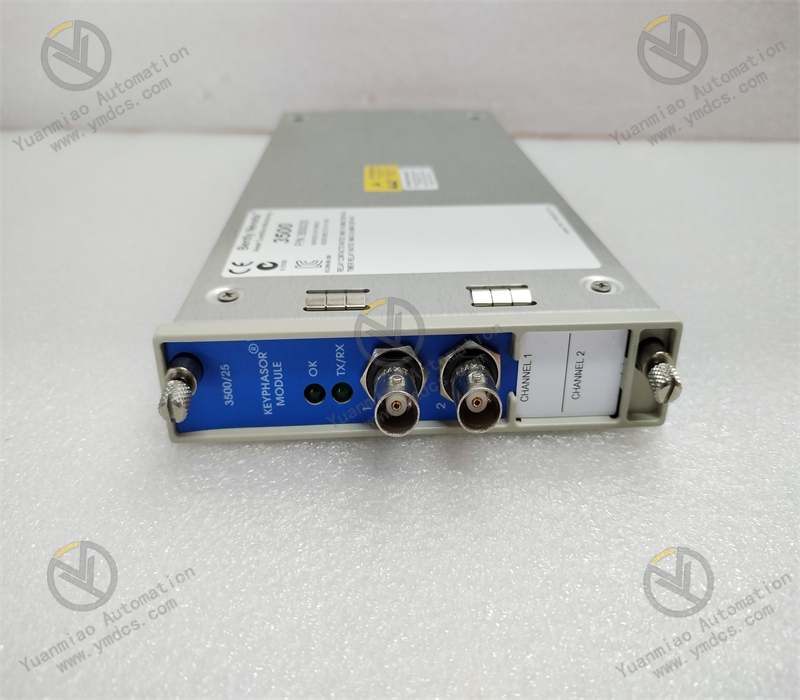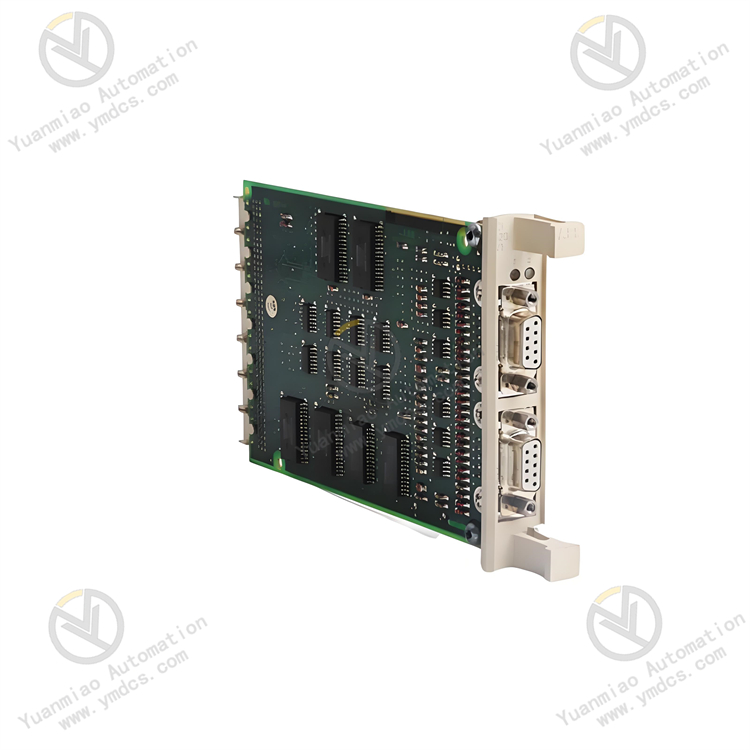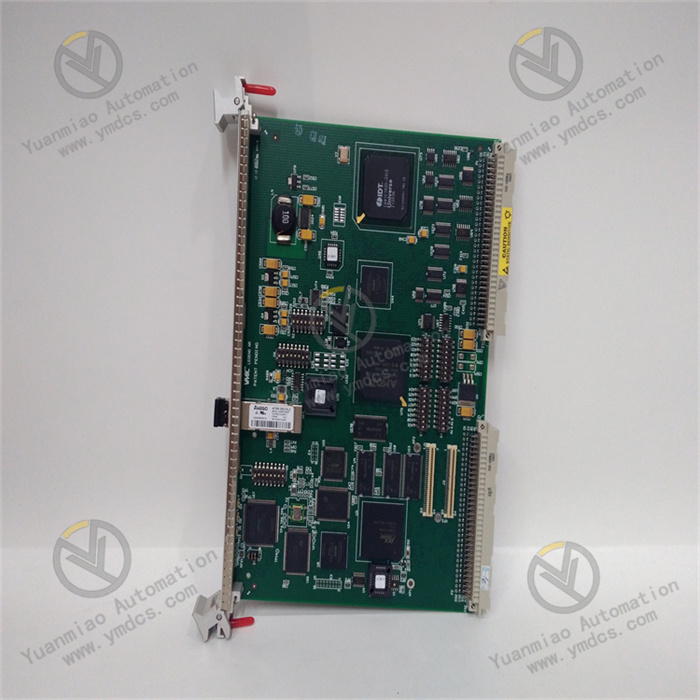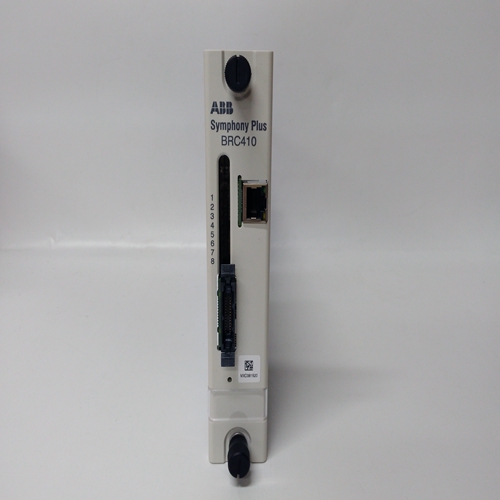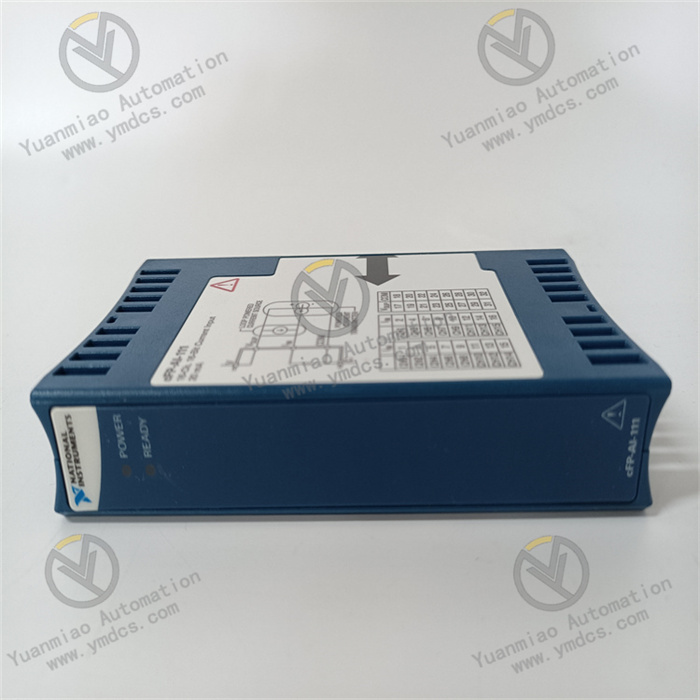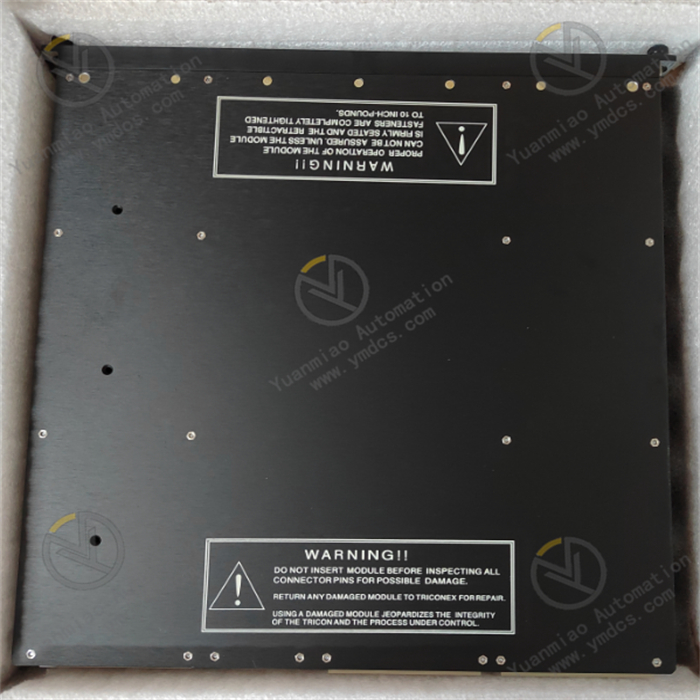Description
GE Multilin SR750-P5-G5-S5-LO-A20-R-T
I. Overview
The GE Multilin SR750-P5-G5-S5-LO-A20-R-T belongs to GE Multilin's 750/760 Feeder Management Relay series, a device meticulously designed for controlling and managing feeder power distribution systems. Based on 5A phase current input, it is equipped with 5A zero-sequence current input and 5A sensitive ground current input, enabling precise sensing of various current changes in the power system. The device also features eight 4-20mA analog output ports, facilitating signal interaction with external equipment to achieve accurate feedback and regulation of system status.
In terms of operating voltage, it is a low-control power model that stably operates within 20-60VDC and 20-48VAC, 48-62Hz. This characteristic allows it to perform optimally in specific power environments, complementing high-control power models to jointly meet the diverse needs of power distribution systems. Users can utilize its simulation function to test setpoint modifications: during simulation, the system pauses reading actual AC inputs and generates simulated programming phasor samples for device processing, capable of mimicking both fault and normal conditions. This helps users deeply understand the system and optimize setpoints to enhance system efficiency and health.
Additionally, it supports multiple communication methods, including a direct-connect RS232 port, remote-connect RS422 and RS485 ports, and an optional Ethernet port. These ports enable connection between a computer running GE Multilin's EnerVista 750 program and the relay, providing a convenient and optimized user interface for configuring setpoints, viewing, and analyzing trend data. It can be used as an independent unit or co-installed with other relays in the 750 series, demonstrating excellent application flexibility.
II. Technical Parameters
Power Parameters
The operating voltage range is 20-60VDC (DC power) and 20-48VAC (AC power), with a fixed operating frequency of 48-62Hz. This power parameter design allows it to adapt to specific power supply environments, ensuring stable operation in corresponding power distribution systems and providing reliable power support for the device's functions.
Electrical Parameters
- Current Specifications: With 5A phase current input capability, it accurately collects phase current data in power lines, providing basic data support for subsequent protection, monitoring, and control functions. It also includes 5A zero-sequence current input and 5A sensitive ground current input, specially designed to detect zero-sequence current and sensitive ground current in the system, capturing abnormal current changes in the power system to provide key evidence for timely detection and handling of ground faults.
- Voltage-related: Although specific voltage measurement ranges and other parameters are not explicitly mentioned, based on its application scenarios and correlation with other parameters, the device should have voltage monitoring capability matching the 5A phase current input to achieve accurate calculation and analysis of parameters such as power and power factor in the power system, meeting the needs of comprehensive monitoring and management of the power system. In addition, while parameters such as voltage input burden are not detailed in existing materials, in actual operation, it should have low voltage input burden characteristics to ensure stable operation under different voltage inputs, reduce energy consumption, and improve operation efficiency.
Interface Parameters
- Analog Output: Equipped with eight 4-20mA analog output ports, the standard output signal can be easily connected to external devices such as data acquisition modules and regulating actuators in various automation control systems, enabling remote transmission of device operation status signals and precise control of external devices, which helps build a complete and efficient automation control system.
- Communication Interfaces: It provides a direct-connect RS232 port, which is ideal for monitoring individual relays, facilitating close-range debugging, parameter setting, and status monitoring of individual devices by technicians; remote-connect RS422 and RS485 ports, which have significant advantages in scenarios requiring simultaneous monitoring of multiple relays, enabling long-distance and multi-node data transmission and device management; and an optional Ethernet port. With the development of industrial automation towards intelligence and networking, the Ethernet port meets the needs of high-speed and large-data-volume transmission, facilitating the integration of the device with a broader network environment to achieve higher-level remote monitoring and management functions.
Physical Parameters
In terms of dimensions, its outline size is 263×138×88mm. This compact design is convenient for installation in various electrical control cabinets, distribution cabinets, and other equipment, effectively saving space and improving space utilization. The weight is approximately 2.35kg, a moderate weight that facilitates handling, installation, and maintenance by technicians while ensuring the device's stability after installation, avoiding 晃动 (晃动) caused by excessive lightness or installation inconvenience due to excessive weight.
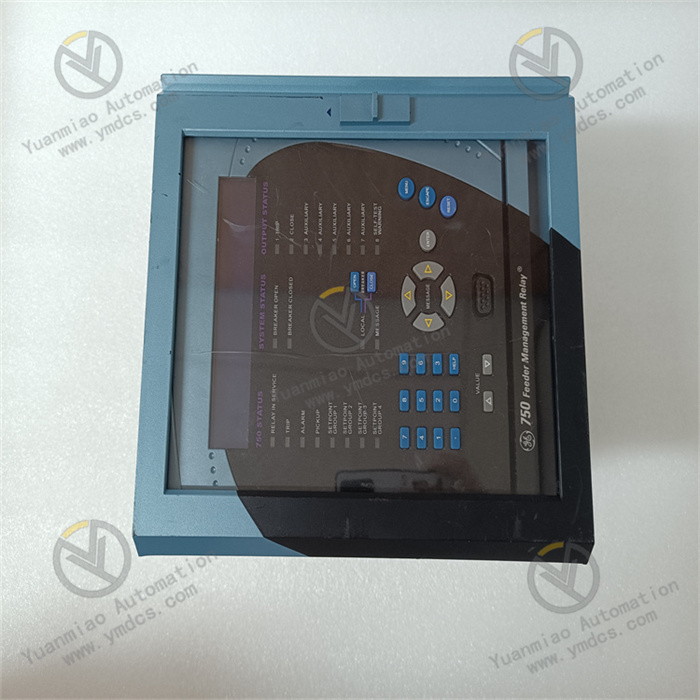
III. Functional Features
Comprehensive and Reliable Protection Functions
- Overcurrent Protection: Continuously monitors the phase current in power lines. Once the phase current exceeds the preset threshold, the device acts swiftly to cut off the circuit or take load reduction measures, effectively preventing damage to lines and equipment from overcurrent-generated heat and ensuring the safe and stable operation of the power system.
- Ground Fault Protection: With 5A zero-sequence current input and 5A sensitive ground current input functions, it accurately identifies ground faults in the power system. When a ground fault occurs, the device responds quickly, promptly issuing alarm signals and taking corresponding protection actions to avoid broader power accidents caused by ground faults, comprehensively ensuring the safety of personnel and equipment.
- Other Potential Protection Functions: Combining the characteristics of this series and the common needs of power system protection, it is inferred that it may also have functions such as overvoltage protection, undervoltage protection, out-of-step protection, and directional overcurrent protection. Overvoltage protection can cut off the circuit in response to abnormal voltage increases to prevent excessive voltage from breaking down the device insulation; undervoltage protection can take measures to avoid device operation under abnormal low voltage when the voltage is too low; out-of-step protection can address potential out-of-step issues between generators and the grid in the power system; directional overcurrent protection can determine the fault location based on the direction of the current, improving the accuracy and pertinence of protection. These protection functions work in synergy to build a solid safety barrier for the power system.
Precise and Efficient Measurement and Monitoring Functions
- Basic Power Parameter Measurement: Accurately measures key parameters in the power system, such as current, voltage, power, and power factor. Through real-time and accurate measurement of these parameters, it provides reliable data support for operation and maintenance personnel, enabling them to grasp the operating status of the power system in real time and detect potential problems promptly. For example, monitoring the power factor can determine the power utilization efficiency of the power system to take corresponding optimization measures.
- Harmonic Monitoring Capability: Given the increasing prominence of harmonic issues in modern power systems, the device is highly likely to have monitoring functions for parameters such as individual harmonics and total harmonic distortion. Through harmonic monitoring, it can promptly identify harmonic interference sources in the power system, assess the impact of harmonics on power equipment, and take measures for harmonic governance in advance to ensure the stable operation of the power system and the normal service life of equipment.
Flexible and Convenient Communication and Configuration Functions
- Support for Multiple Communication Protocols: Supports RS232, RS422, RS485, and optional Ethernet communication methods, and is perfectly compatible with mainstream communication protocols such as Modbus and Profibus. This extensive communication compatibility allows the device to be easily integrated with various automation system architectures, enabling seamless access and data interaction in both small local automation systems and large distributed industrial automation networks, meeting the communication needs of different users in various application scenarios.
- Convenient Configuration Methods: By connecting a computer running GE Multilin's EnerVista 750 program to the device, it provides users with a powerful and easy-to-use configuration interface. Users can flexibly set various device parameters in this interface, including protection function action thresholds, time delays, communication parameter baud rates, communication addresses, etc. Meanwhile, the device is also equipped with a simulation test function, allowing users to simulate various fault conditions and normal operating states on the computer to test the device's operation, identify potential problems in advance and optimize them, greatly improving the efficiency and accuracy of device configuration.
High Reliability and Environmental Adaptability
- High-quality Manufacturing Assurance: During the product manufacturing process, GE Multilin uses high-quality raw materials and advanced manufacturing processes, endowing the SR750-P5-G5-S5-LO-A20-R-T with extremely high reliability. The internal electronic components of the device undergo strict screening and testing to ensure stable operation during long-term operation, reducing equipment downtime caused by component failures and lowering maintenance costs.
- Environmental Adaptability Design: Considering the complex working environments that power system equipment may face, the device is designed with certain environmental adaptability. For example, in some industrial environments with electromagnetic interference, the device has good electromagnetic interference resistance through means such as optimized circuit layout and shielding technology, enabling stable operation in complex electromagnetic environments without being affected by external electromagnetic interference. In some places where chemical corrosion risks may exist, the device's housing and internal structure may use corrosion-resistant materials or protective coatings to ensure the device can also operate normally in harsh chemical environments, extending the device's service life and providing users with long-term reliable use experience.


